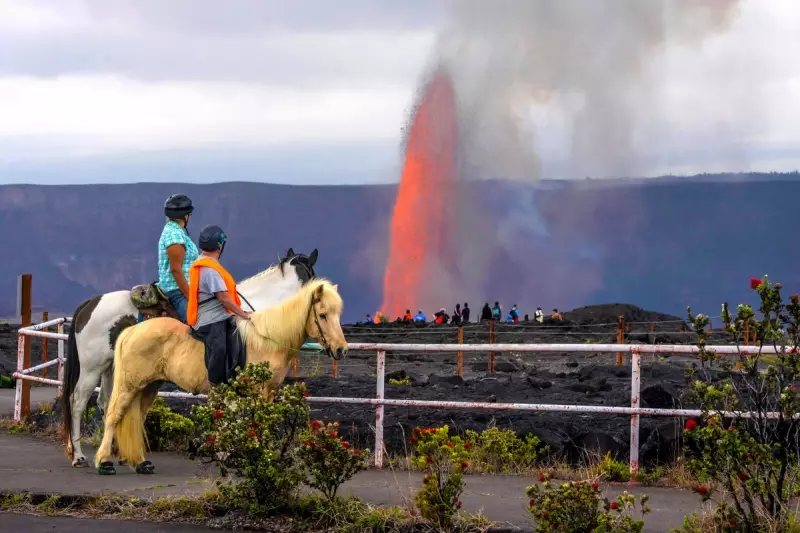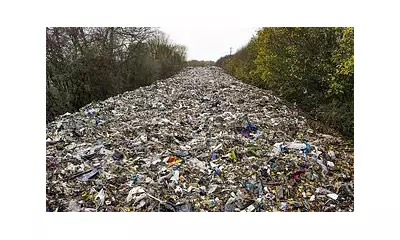
Hawaii's Kilauea volcano, one of the most active in the world, has erupted again, captivating scientists and residents alike. The latest activity has produced dramatic lava fountains and ash plumes, drawing attention to the ever-changing landscape of Hawaii Volcanoes National Park.
What’s Happening Now?
The eruption began with a series of seismic tremors, followed by the emergence of lava within the Halemaʻumaʻu crater. The US Geological Survey (USGS) has reported that the lava is contained within the summit caldera, posing no immediate threat to nearby communities. However, volcanic gas emissions remain a concern for air quality.
Scientific Insights
Experts from the Hawaiian Volcano Observatory are closely monitoring the situation. "Kilauea’s eruptions are a reminder of the dynamic nature of our planet," said one volcanologist. "While spectacular, these events also provide critical data for understanding volcanic behaviour."
Impact on Tourism and Locals
Hawaii Volcanoes National Park remains open, offering visitors a rare chance to witness the eruption from safe viewing areas. Local authorities have advised residents to stay informed about potential hazards, including vog (volcanic smog) and possible changes in lava flow direction.
Kilauea’s latest activity serves as both a natural wonder and a scientific opportunity, reinforcing Hawaii’s reputation as a hotspot for geological research.





